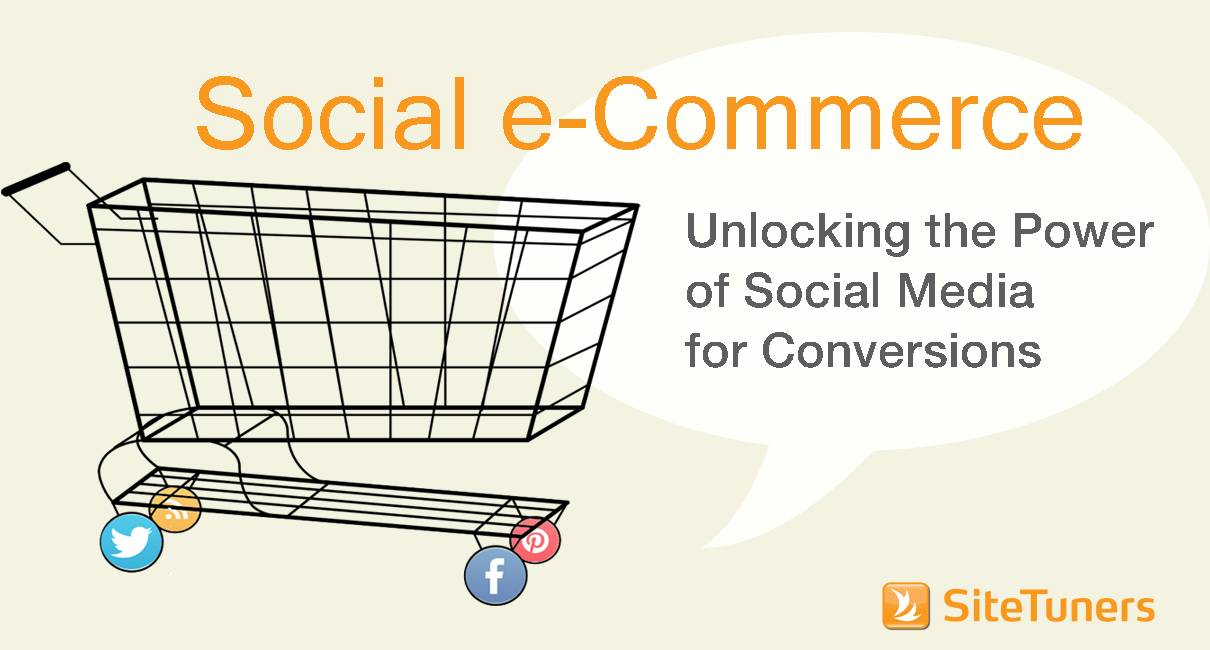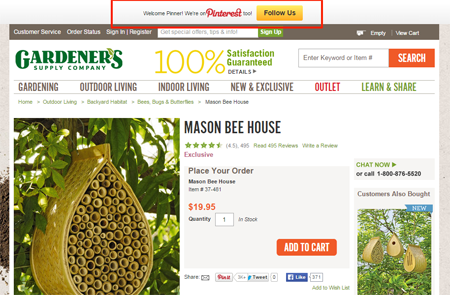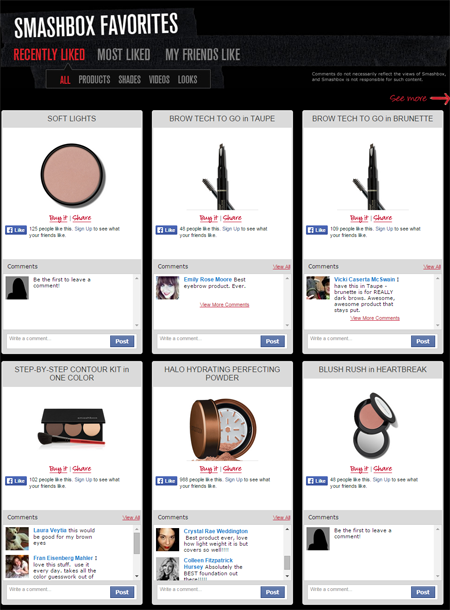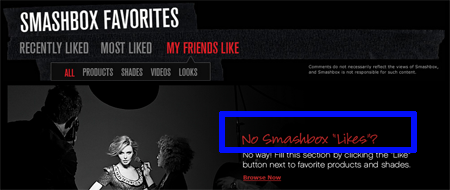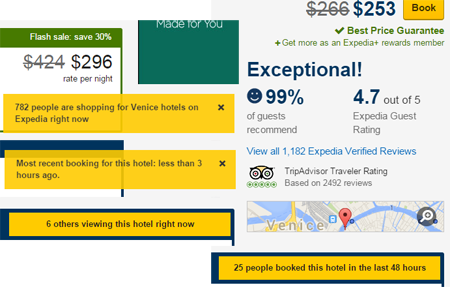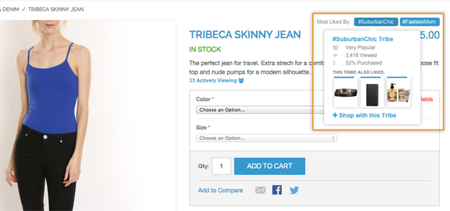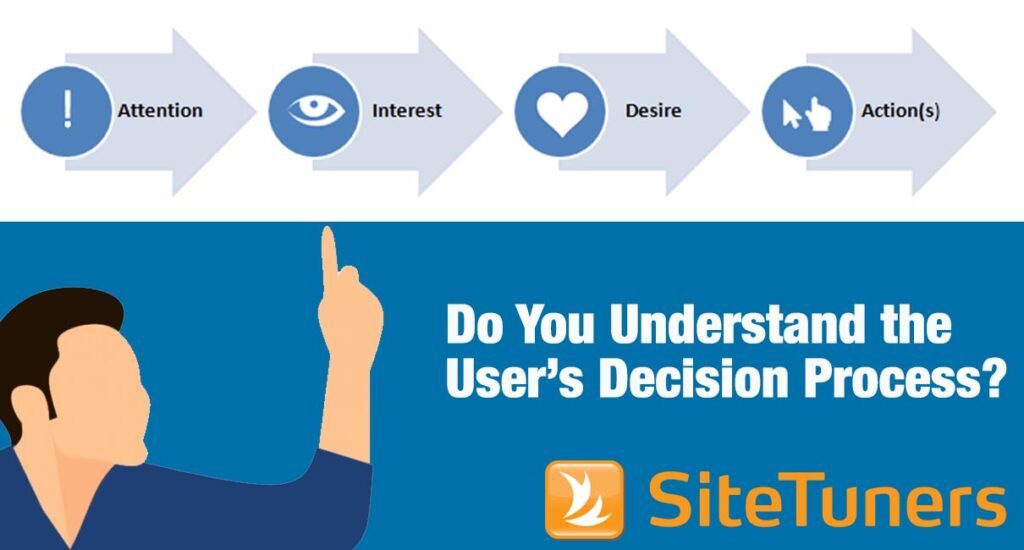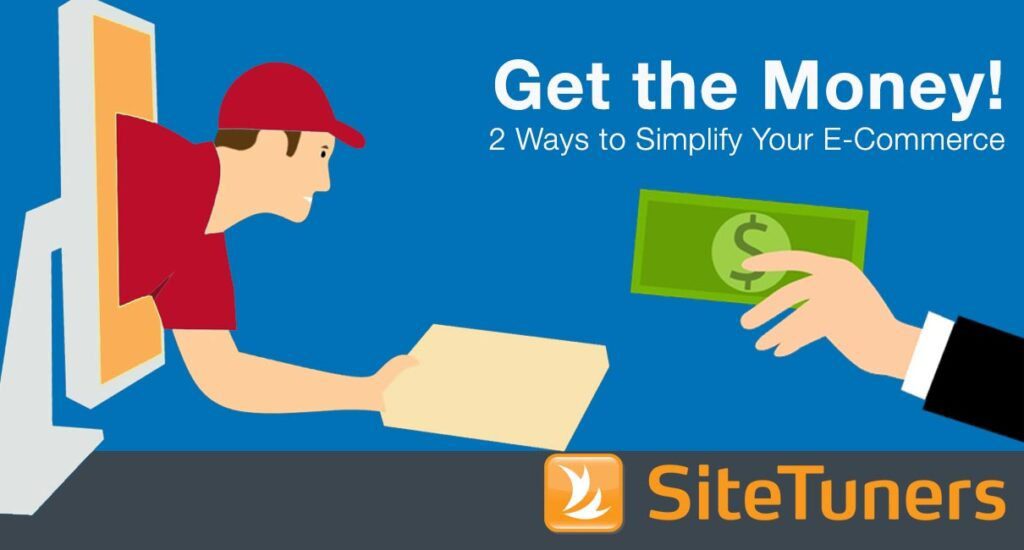There’s a reason showing social proof is not a novel play in online marketing.
When making decisions, the brain easily gets overwhelmed, so it resorts to shortcuts – we look at how others similar to us act in the same situation.
Evergage CEO and founder Karl Wirth lists ways you can leverage the social proof principle to increase your e-commerce conversions.
1. Use customer’s social networks to acquire new customers
Pre-purchase, you can use people’s presence on your site to get them to share your content and get more visitors. Give your visitors the ability to pin, share, or tweet your product if they find it interesting.
You can also leverage people’s excitement about a recent purchase by giving your customers the ability to share what they’ve just bought.
Nudge your customers to share their recent purchase on social by giving them an incentive – a coupon for instance.
2. Use social data to make better, more personalized experience
Giving users the ability to sign in or sign up using their social login has two advantages:
- It reduces the cognitive load as there less fields or forms to fill out, reducing the number of people bailing in effect.
- You gain insights about their preferences, so you can present things more relevant to the user.
You can also acknowledge which social channel a person comes in from by customizing your welcome message similar to what Gardener’s Supply Company is doing:
Gardener’s Supply Company lends itself to Pinterest really well because of their visually-appealing products. However, the site had a much lower conversion rate with users from that channel than from others. So they experimented with welcoming people coming from Pinterest and giving them some sort of incentive to sign up. Then, throughout their relationship via e-mail and site personalization, Gardener’s consistently acknowledged the customers’fondness for Pinterest and reminded them to share content there as well. This resulted to a 3x increase in revenue from the Pinterest channel.
3. Bring what’s happening in the social world to your experience
With all the interesting stuff happening in social networks, your web site pales in comparison. So don’t stop at just trying to tap into the power of social networks to acquire visitors on your site or to get a login so you can get some data.
To start adding some social aspects, bring what’s happening on social networks and highlight that in one part of the site. So, as the customer’s going through site, it feels like a social and engaged experience, as they see real people (instead of models) using the products.
Smashbox is experimenting with Facebook in their Social Shop. It shows what’s been recently liked, what’s most liked, and what the customer’s friends like. So rather than people having to go to Facebook to see what people are saying about the product, the see it right on the site. This an excellent step toward bringing your site and social together instead of the social happening being out on social networks and your site being a mere afterthought.
The three previous ideas are useful, but Karl notes that they are only somewhat useful because you’re merely bringing to your site what people are doing on other social networks.
Smashbox’s Social Shop also has a particular problem because when you click on “My Friends Like,” even for a company with great brand awareness, there wouldn’t be that many Likes.
Also, the essence of social proof is not in what random people like but what people similar to us like.
So ultimately, your goal is to …
4. Unlock your site’s latent social network
Classically, we haven’t thought about sites as the massive social network that they actually are. There could be thousands of people gathered on the same site, but from the site’s perspective, each visitor is an individual.
Expedia taps into the site’s latent social network. If you go on the site to look for a hotel, you’ll see yellow boxes popping up. It might not be the best treatment as it could be distracting to the customer, but the pop-ups tell you various things which are turning the site from the visitor on his/her own, to a community of people looking at the same hotel at the same time. This adds urgency to the purchase especially with something with limited inventory. Also, the number of people who have booked the hotel recently says something about the value of the hotel.
One thing that makes people feel that they’re not alone at the store is reviews, and reviews are the beginning to a great social network. With reviews, people explain why they’ve given an item particular score and, at the same time, they tell others a little about themselves.
The problem with reviews, however, is that not all people are the same. For instance, a couple travelling with toddlers might not care about a solo traveler’s hotel review.
Agoda, another hotel booking site, allows visitors to filter hotel reviews by traveler type.
Visitors care about the opinion of other people in their tribes– people who might have similar views of what to buy because of shared passions, life stages, and identity.
It would be ideal if right on your site, people can see what other people like them think of a particular product.
Evergage’s sample treatment of what the product detail page might look like if you show what the customer’s tribe (#SuburbanChic, for instance) think of the product. As the visitor looks at different jeans, they get some indication of how many times a certain pair has been purchased by someone like them and how it scores with people in their tribe.
Harness the data that your site has, which is the combination of different types of people, what they’re doing, and explicitly showing it to others in their tribe, so they ‘ll know what others like them are doing and share with them as well.
Another way of doing this is to let people self-select the group they belong to by asking them 3 to 4 questions, so you can put them into a network of other people who are like them. Then, when you personalize, you can bring to them things that other people, who self-identified as a particular kind of person, bought or found interesting.
Make visitors part of a community
Bring something that’s important to your customers: your other customers. People want to belong to groups, so let them join groups, and let them know that there are other people on the site who are like them.
One way you can do this is by tying your site into social. However, to maximize the potential of social proof, figure out ways to begin making the thousands of people in your site into their own social network. You can start with reviews, then move to other ideas to enhance that.
